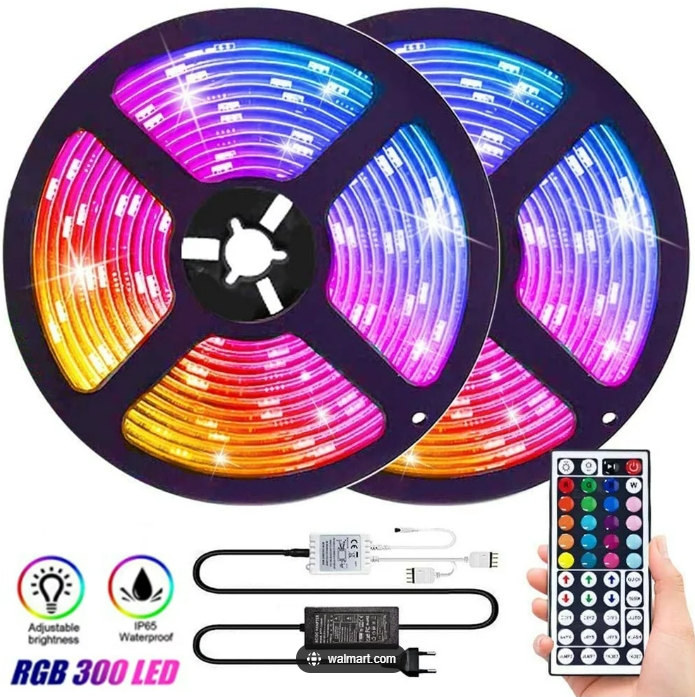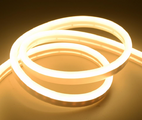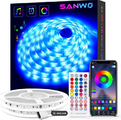How Do LED Strip Light Manufacturers Ensure Quality?
Quality Assurance Tactics Employed by LED Strip Light Manufacturers
Quality is the cornerstone of success for LED strip light manufacturers. To ensure their products meet high standards, manufacturers deploy several rigorous strategies throughout the production process. This comprehensive approach not only solidifies their reputation but also ensures customer satisfaction. Let's delve into how LED strip light manufacturers uphold quality.
Stringent Component Selection
High-Quality LEDs and Components
For any LED strip light manufacturer, it starts with the selection of top-tier components. The LEDs themselves are often sourced from reputable suppliers with proven track records of quality, such as Nichia or Cree. These LEDs are known for their high luminous efficacy (typically over 100 lumens per watt) and long lifespans (up to 50,000 hours). Manufacturers also select high-grade copper for the printed circuit boards (PCBs), ensuring superior heat dissipation and durability.
Rigorous Testing Protocols
In-House Testing for Performance and Durability
Before LED strip lights hit the market, they undergo extensive testing. This includes stress tests, where strips are operated at maximum capacity for extended periods to check for failures. Photometric tests measure the brightness and color accuracy of LEDs, ensuring they meet the specified requirements. Waterproof models are subjected to water immersion tests to verify their ingress protection (IP) rating, ensuring they perform well in wet conditions.
Continuous Monitoring During Production
To maintain quality throughout the manufacturing process, companies implement continuous monitoring. This involves regular inspections and audits at various production stages. Automated systems are often used to detect defects in real-time, allowing for immediate corrections. This meticulous oversight helps prevent the escalation of potential issues.
Certification and Compliance
Adhering to Global Standards
Certifications are a clear indicator of a manufacturer's commitment to quality. Reputable manufacturers ensure their products meet international standards such as UL, CE, and RoHS. These certifications confirm that the products are safe, reliable, and environmentally friendly. For instance, UL certification ensures that the lighting is safe from electrical and fire hazards, while RoHS compliance ensures that the products are free from hazardous materials.

Customer Feedback and Continuous Improvement
Leveraging Customer Insights
Feedback from users is invaluable. Leading manufacturers actively seek it out through customer surveys, product reviews, and direct communication. This feedback is crucial for identifying areas of improvement and driving future enhancements in the product line.
Training and Development
Empowering Employees
Investing in employee training ensures that all team members are knowledgeable about the latest industry standards and manufacturing processes. Well-trained employees are more likely to spot potential issues and contribute to the overall quality of the final product.
Partnerships and Supplier Relationships
Building Strong Supplier Networks
Establishing strong relationships with suppliers ensures a consistent supply of high-quality materials. Manufacturers often conduct audits of their suppliers' facilities and processes to ensure compliance with quality standards. These relationships are crucial for maintaining product quality and supply chain reliability.
In conclusion, quality assurance in LED strip lighting manufacturing is a multifaceted endeavor. It starts with selecting the best components, continues through rigorous testing and monitoring, and extends into certifications, customer feedback, and ongoing employee training. By adhering to these practices, manufacturers not only ensure the reliability and performance of their products but also strengthen their market position.





